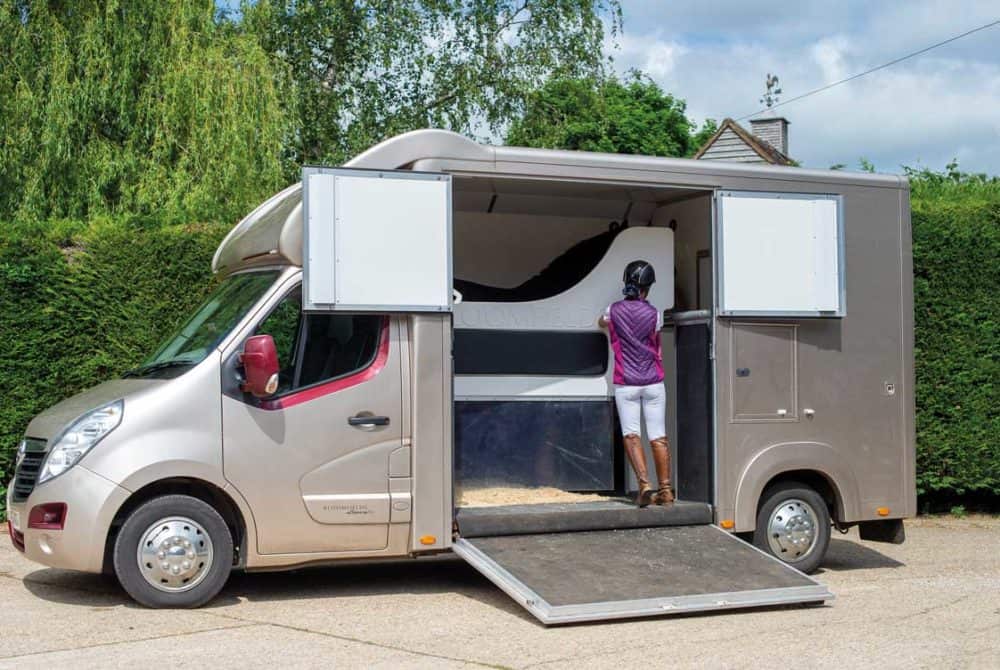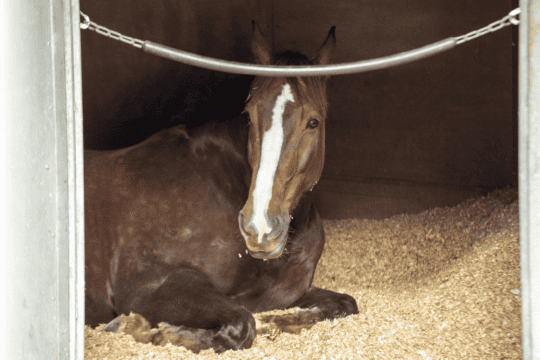Travel in style
Posted 21st May 2020
Keeping your transport roadworthy is an essential part of ensuring your pride and joy stays safe when you’re on the road. Here’s H&R’s guide to making it happen

Whether you’d ordinarily hit the tarmac every week or you’re a less regular road user, keeping your horsebox or trailer in ship-shape is just as important as keeping your car roadworthy. But what do you actually need to do to keep your transport on the road and keep your horse safe? From day-to-day maintenance to insurance, we’ve covered all aspects of lorry and trailer care in one quick guide.
Top tip
Diesel vehicles are best kept running as often as possible, so try to take your horsebox for a drive once a week or so even if you’re not using it to transport your horse.
A weighty subject
It’s really important that you understand exactly what recorded weights mean for you during day-to-day use of your transport.
For trailers, you’ll need to bear in mind the maximum towing weight of your vehicle and carefully calculate how that relates to the combined weight of your horse and trailer. Your laden trailer shouldn’t exceed 85% of the weight of your towing vehicle – so a two tonne 4×4 will leave you 1,700kg of towing capacity to play with.
The payload is the total weight of passengers, equipment and cargo the vehicle is able to carry. A 3.5t horsebox generally has a payload of 750–1,100kg. This is very important to bear in mind because a 650kg horse, two passengers weighing 70kg each plus 20kg of tack will bring you into the lower end of that payload – add another horse to the equation and you’ll soon see how quickly your vehicle can become overweight. The penalties include fines and points on your licence, and you won’t be able to continue your journey until you’re within weight, meaning someone might have to come and collect your horse.
On the road again
Just like your car, it’s recommended your horsebox or trailer has regular servicing and check-ups. While there’s no legal requirement for you to have your trailer serviced, it’s important that you do so to keep your horse safe. Services are recommended every 12,000 miles or annually, whichever comes first.
Like your car, a horsebox will need to have an annual MOT to ensure it’s road legal, and it’s advisable to have it serviced on the same basis, too. Many manufacturers recommend an oil change every six months and a full cam belt change every five years or 50,000 miles, whichever comes first.
For more top tips on keeping your transport as good as new, get your copy of July Horse&Rider out now










